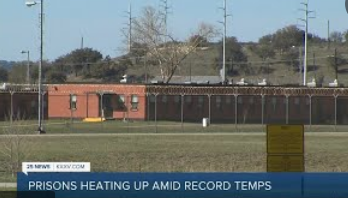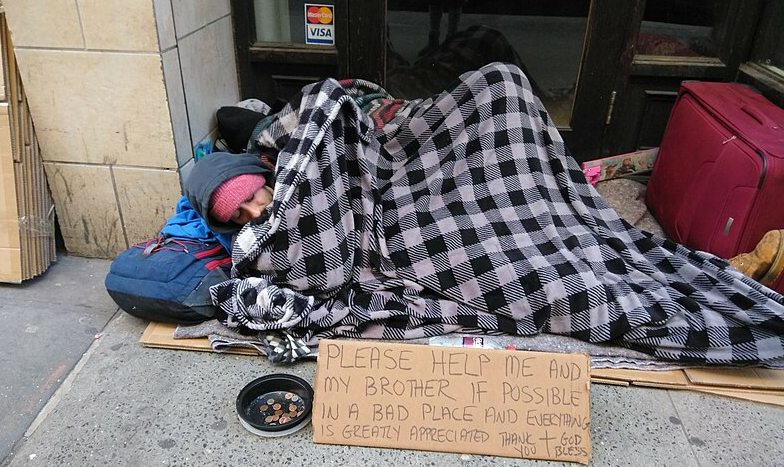Photos: Vera\YouTube
In Texas prisons that lack air conditioning, temperatures routinely exceed triple digits. Outdoor temperature logs reveal heat indexes surpassing 149 degrees, which can cause heat exhaustion and heat stroke. And within the concrete and metal structures, conditions are often even more dire.
So brutal, in fact, that one 2014 report determined that the Texas Department of Criminal Justice (TDCJ) was “violating the human and constitutional rights” of people in prison and corrections officers by subjecting them to “cruel, inhuman, and degrading treatment.” About four in five of the roughly 150,000 people held in Texas prisons in 2017 had no access to air conditioning in their cells—and no respite from the sweltering heat.
It’s been this way for decades. Then, last spring, it looked like there might be a win on the horizon. After years of advocacy by organizations including Texas Prisons Community Advocates (TPCA), the Texas House passed a bill that would expand air conditioning in prisons. But the bill died in the Senate, and a later attempt to use American Rescue Plan Act funding to install air conditioning with air purification technology to reduce the spread of viruses within facilities also faltered (meanwhile, Texas led the nation in COVID-19 deaths in prisons).
“They simply don’t give a damn,” said Amite Dominick, president of TPCA, who led efforts to push the bills through the legislature.
The negligence is senseless. Texas has wasted millions in taxpayer dollars fighting lawsuits over installing air conditioning—money that could have been spent actually installing it. TDCJ, in one case, estimated it would cost $4 million to install air conditioning at the Wallace Pack Unit, located 70 miles outside of Houston, after the department spent more than $7 million fighting a lawsuit brought forward by people incarcerated at the unit.
“It’s not that [departments of corrections] don’t have the money. It is about what they’re doing with that money,” said Clinique Chapman, associate director of Vera and MILPA’s Restoring Promise initiative, which works to improve prison culture and conditions nationwide. “These systems don’t actually see that they are accountable for doing anything more than warehousing people.” READ MORE












